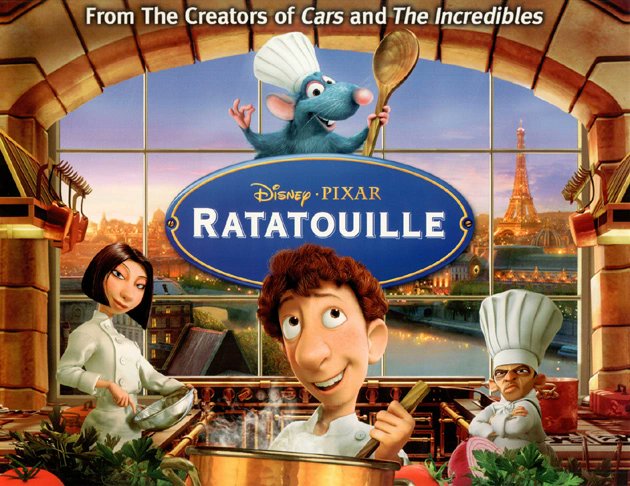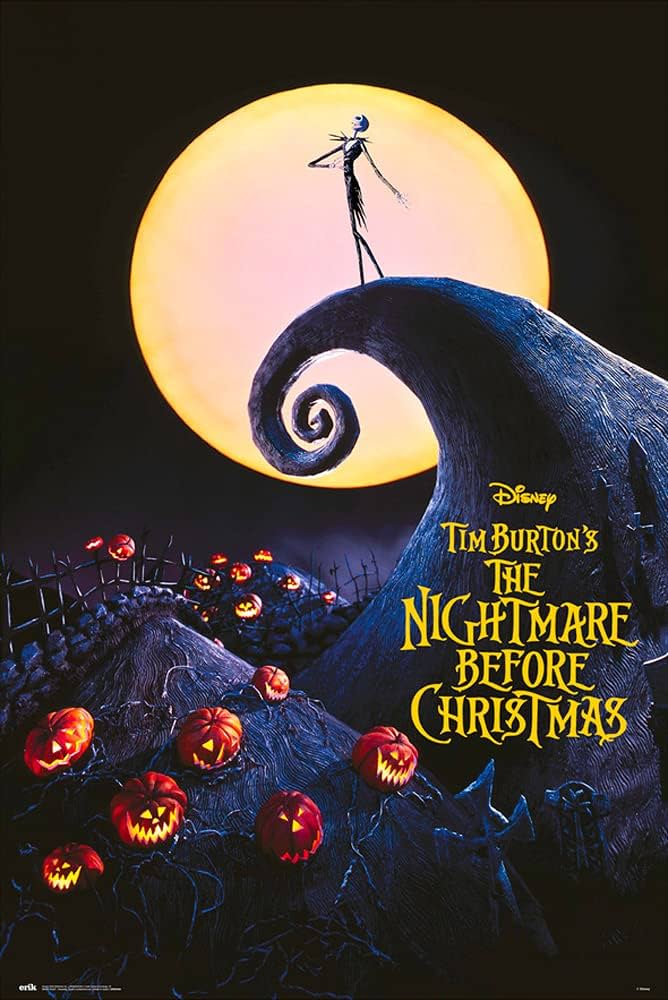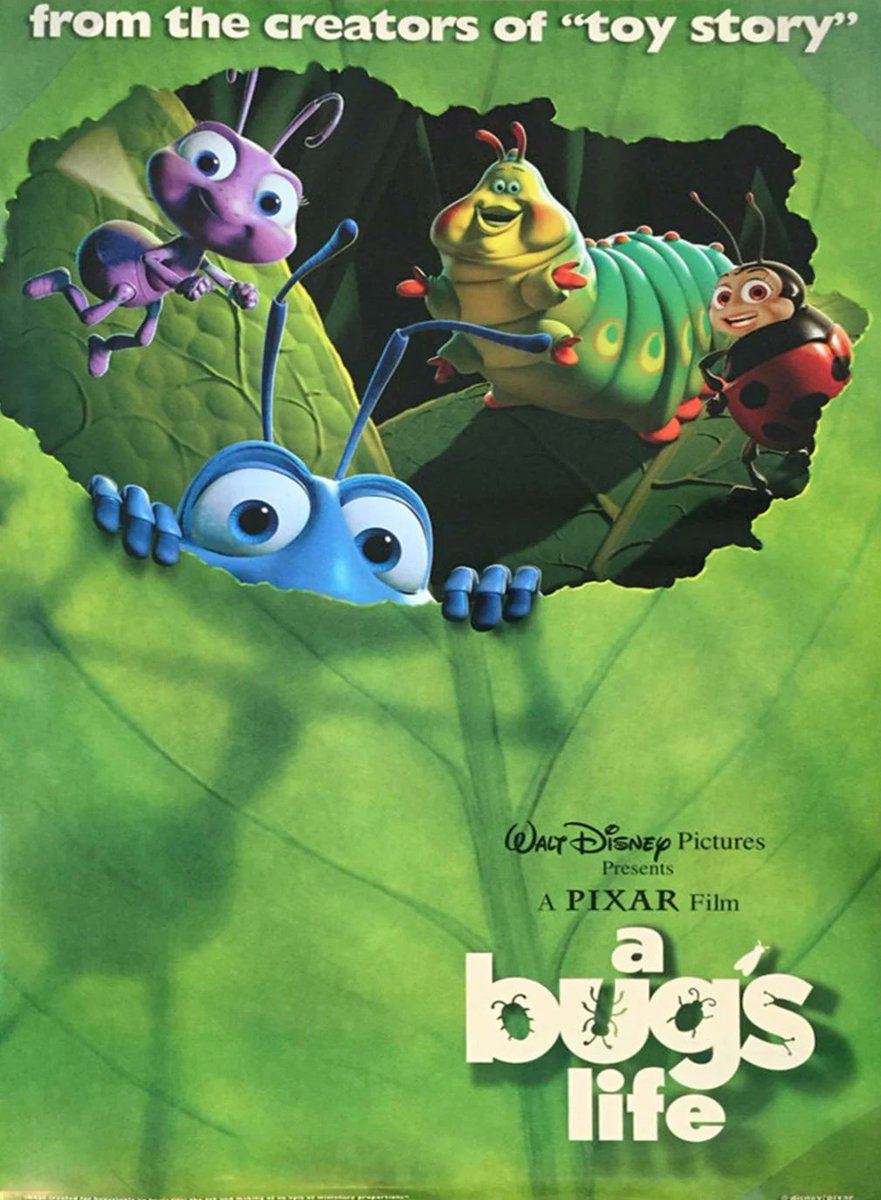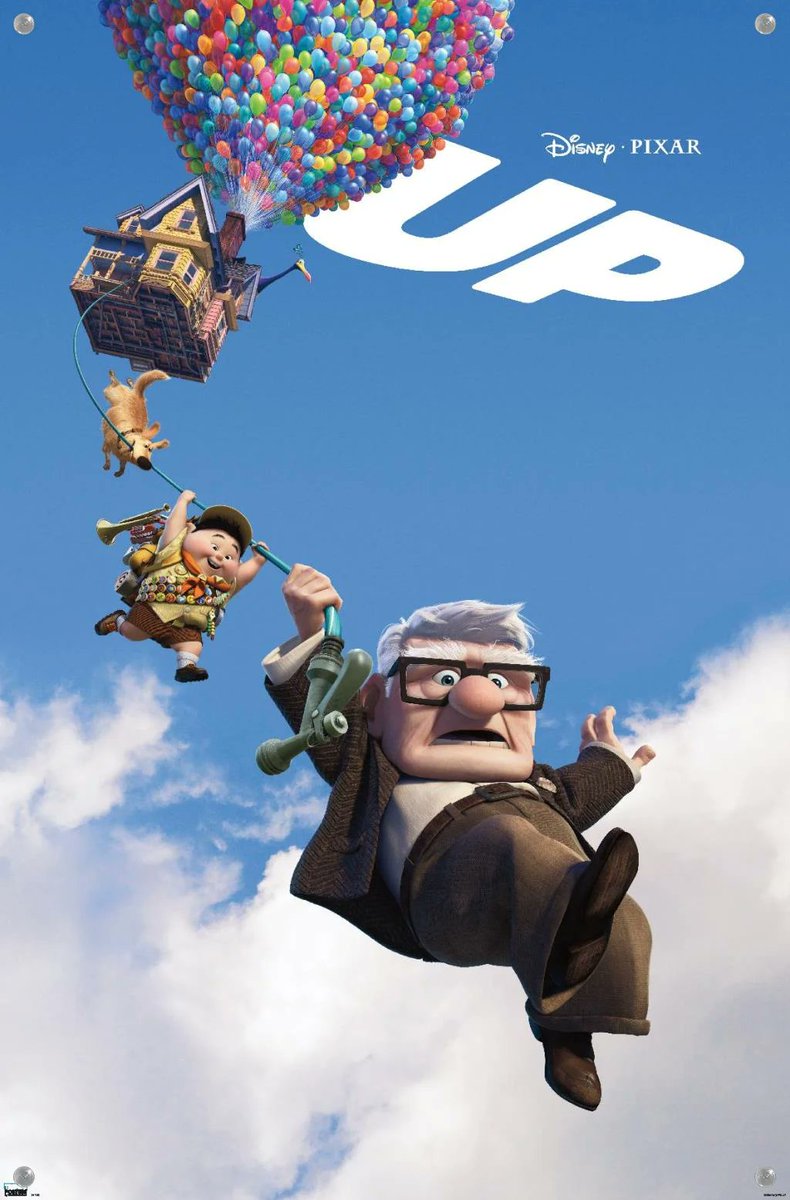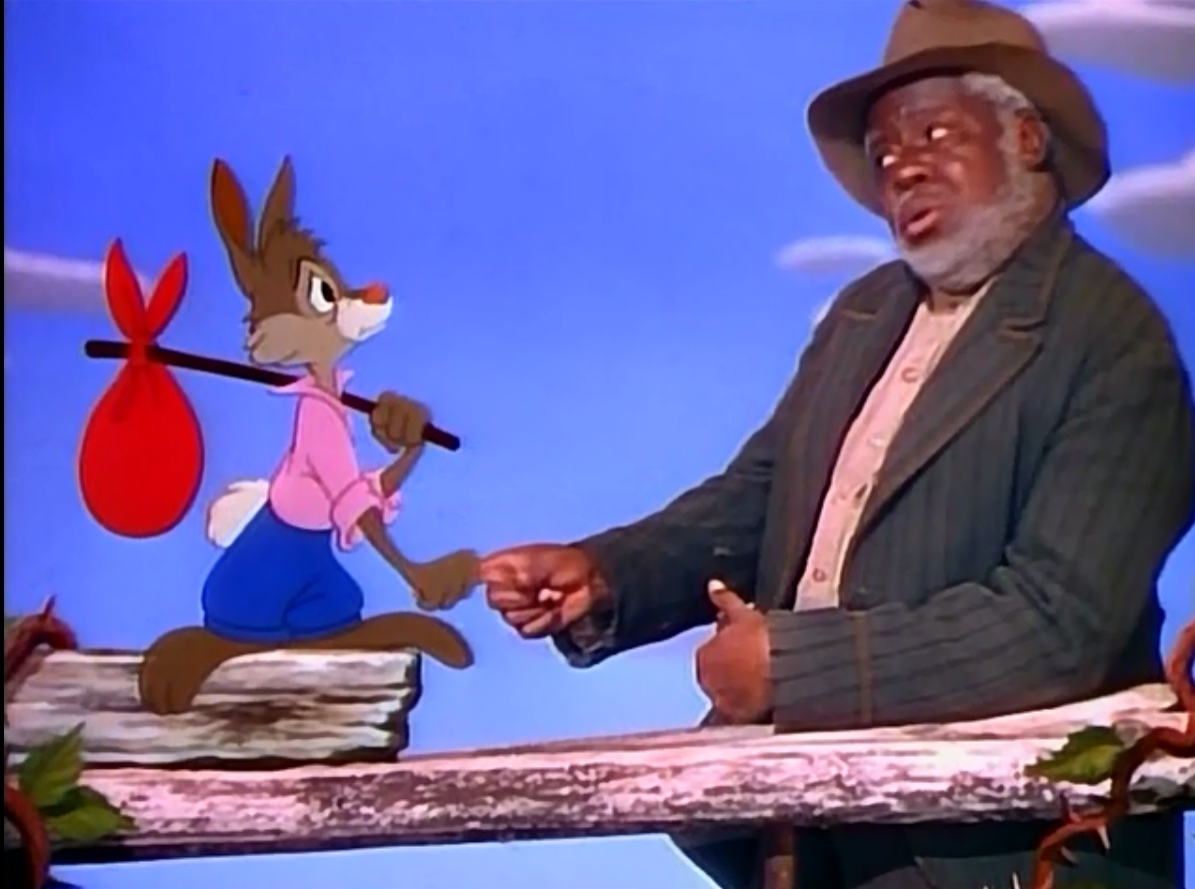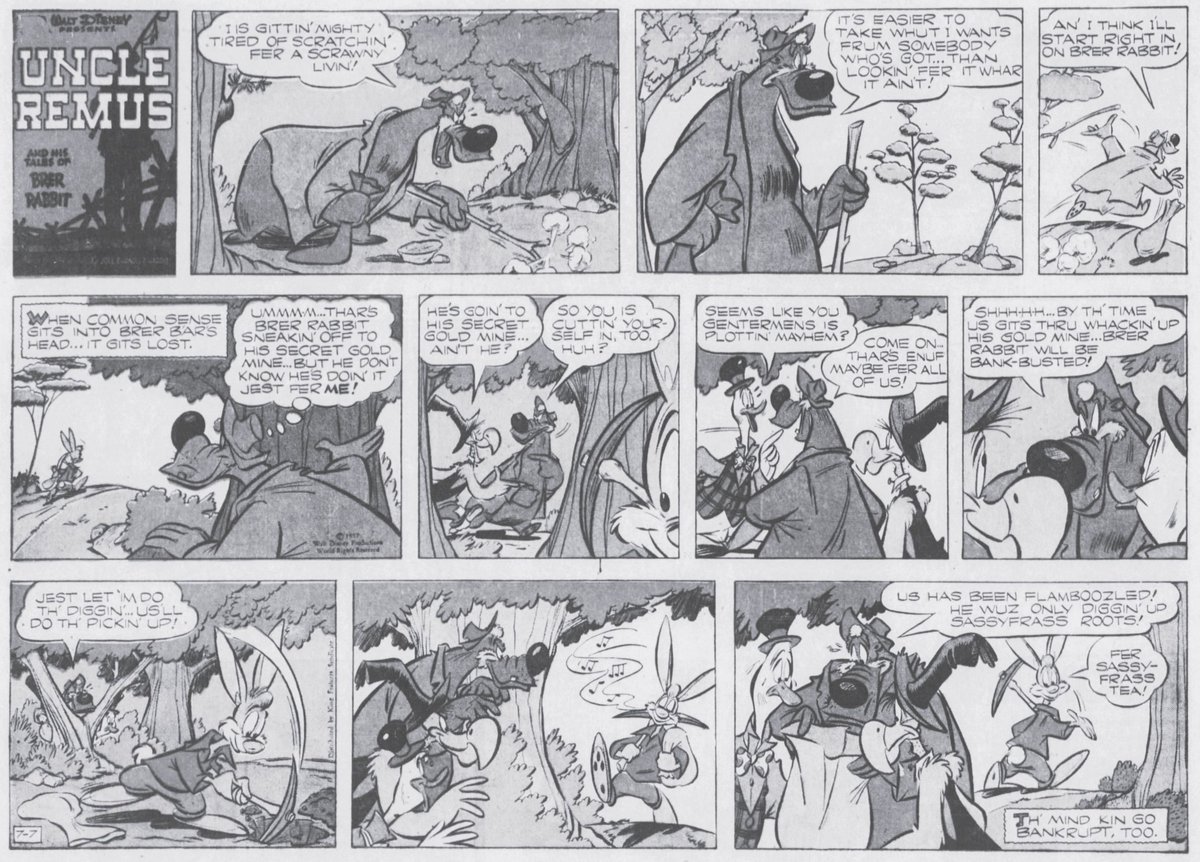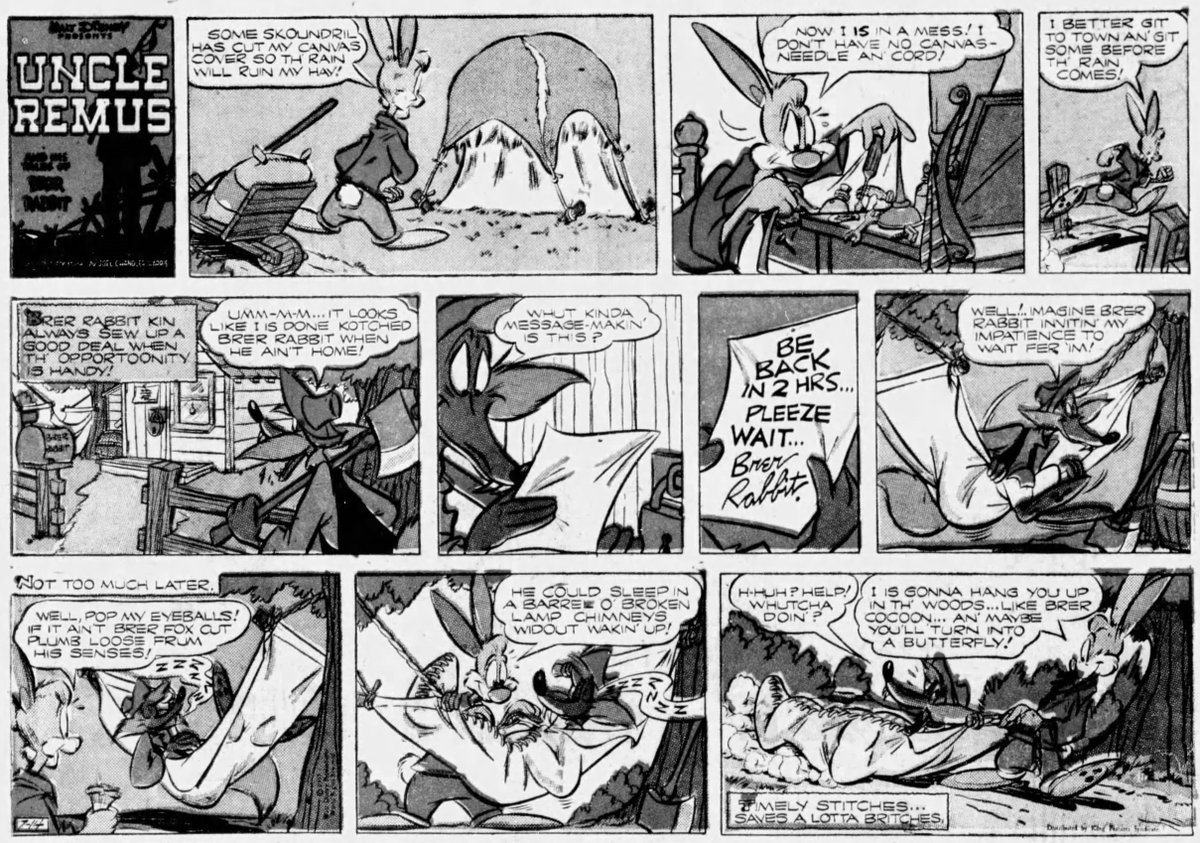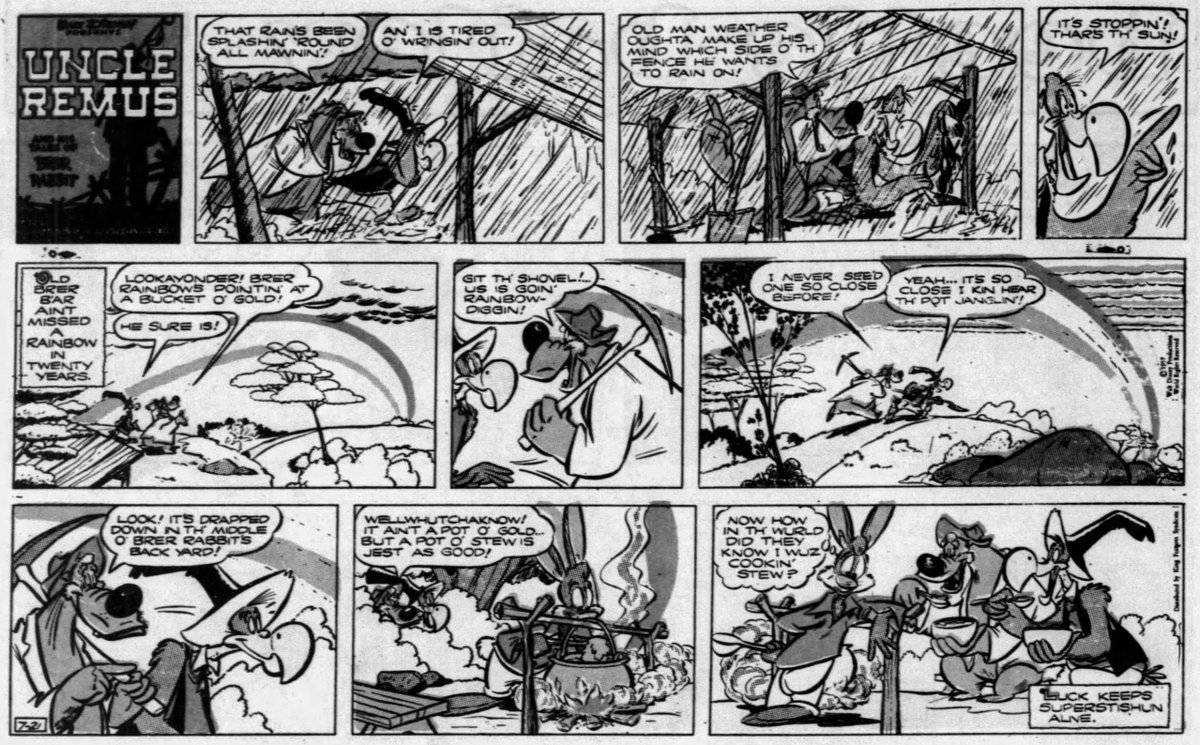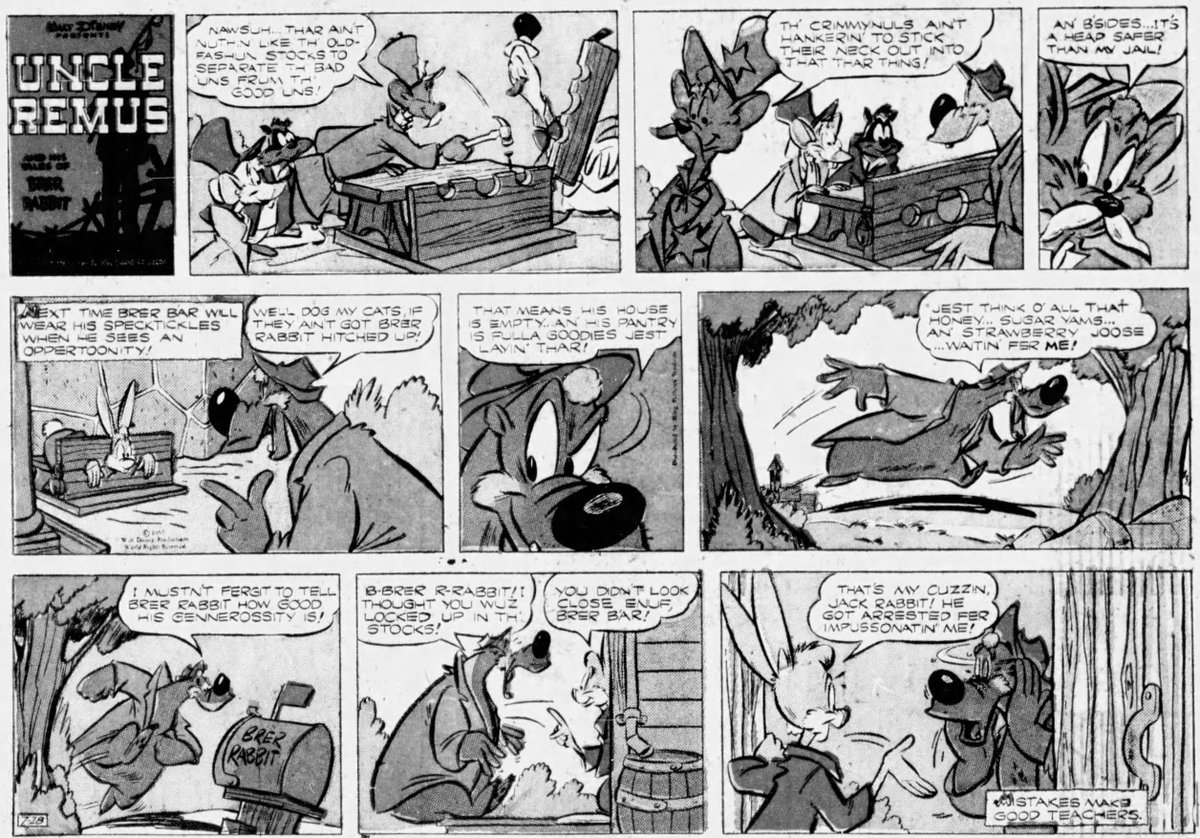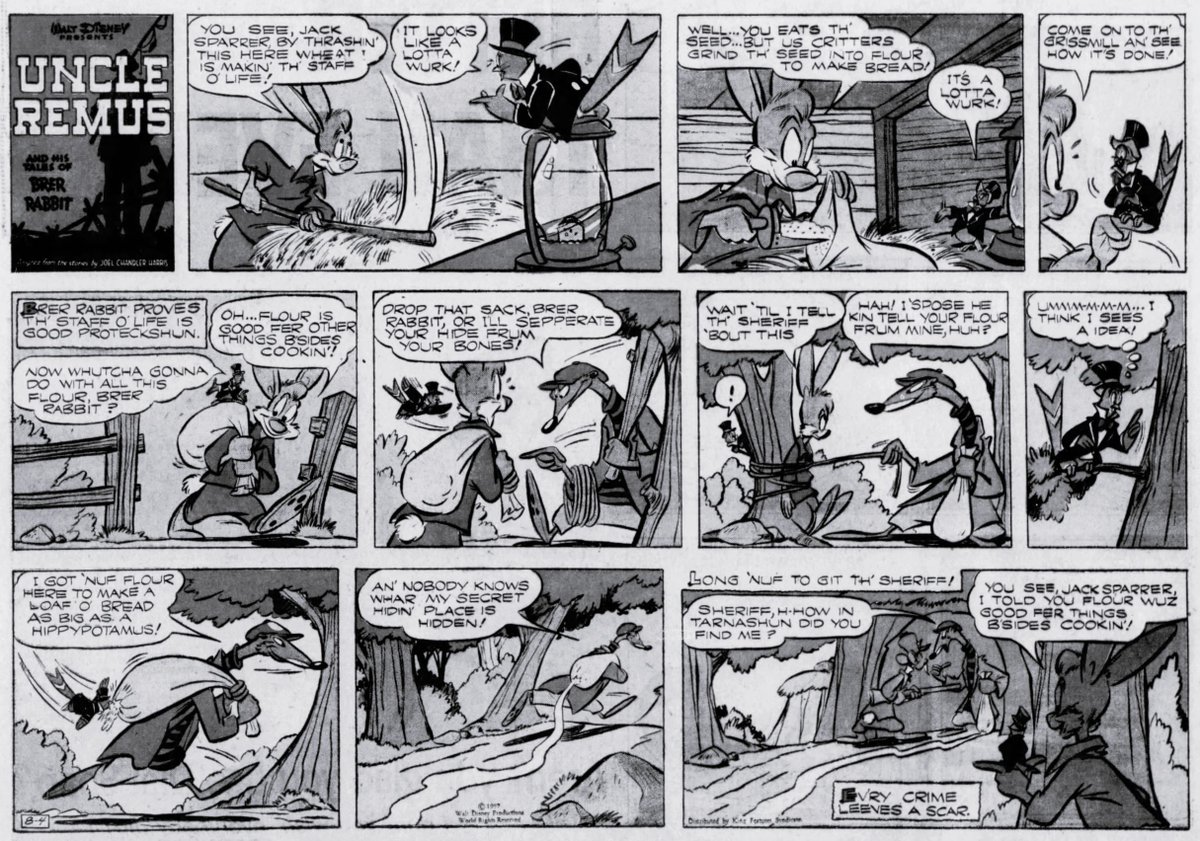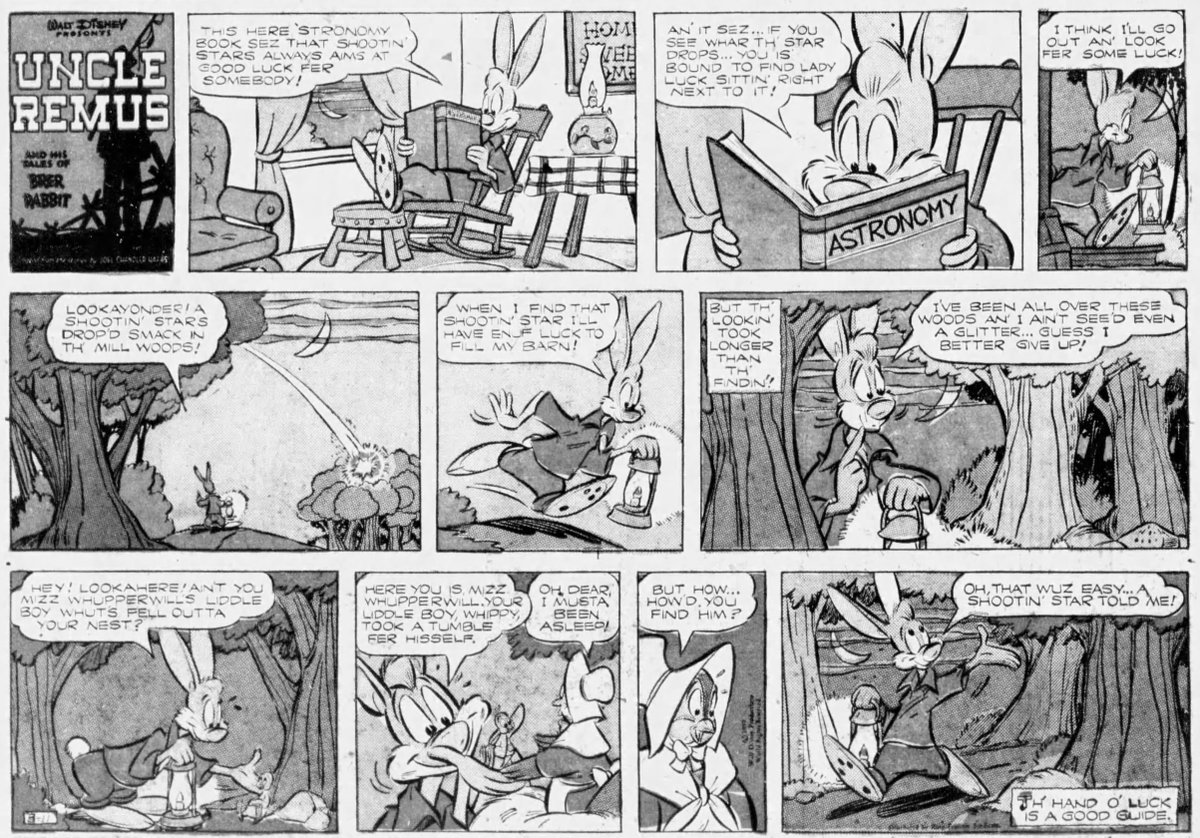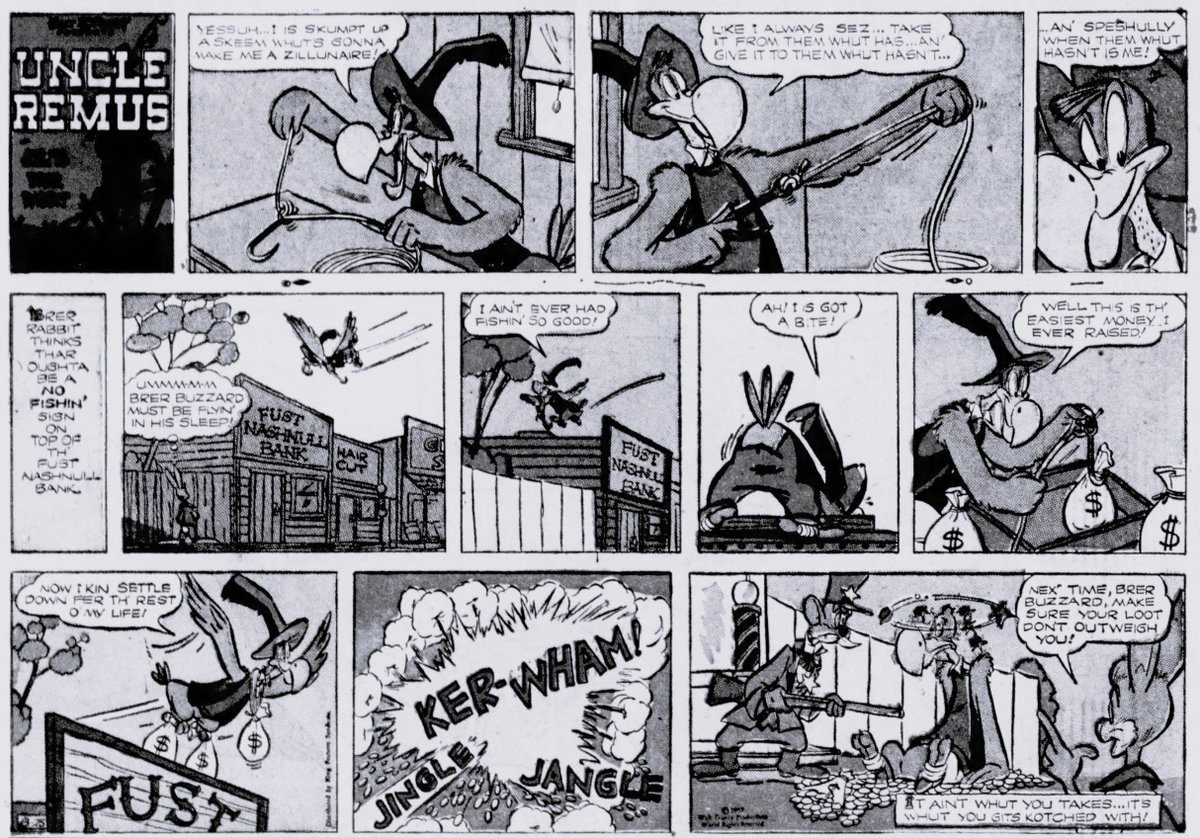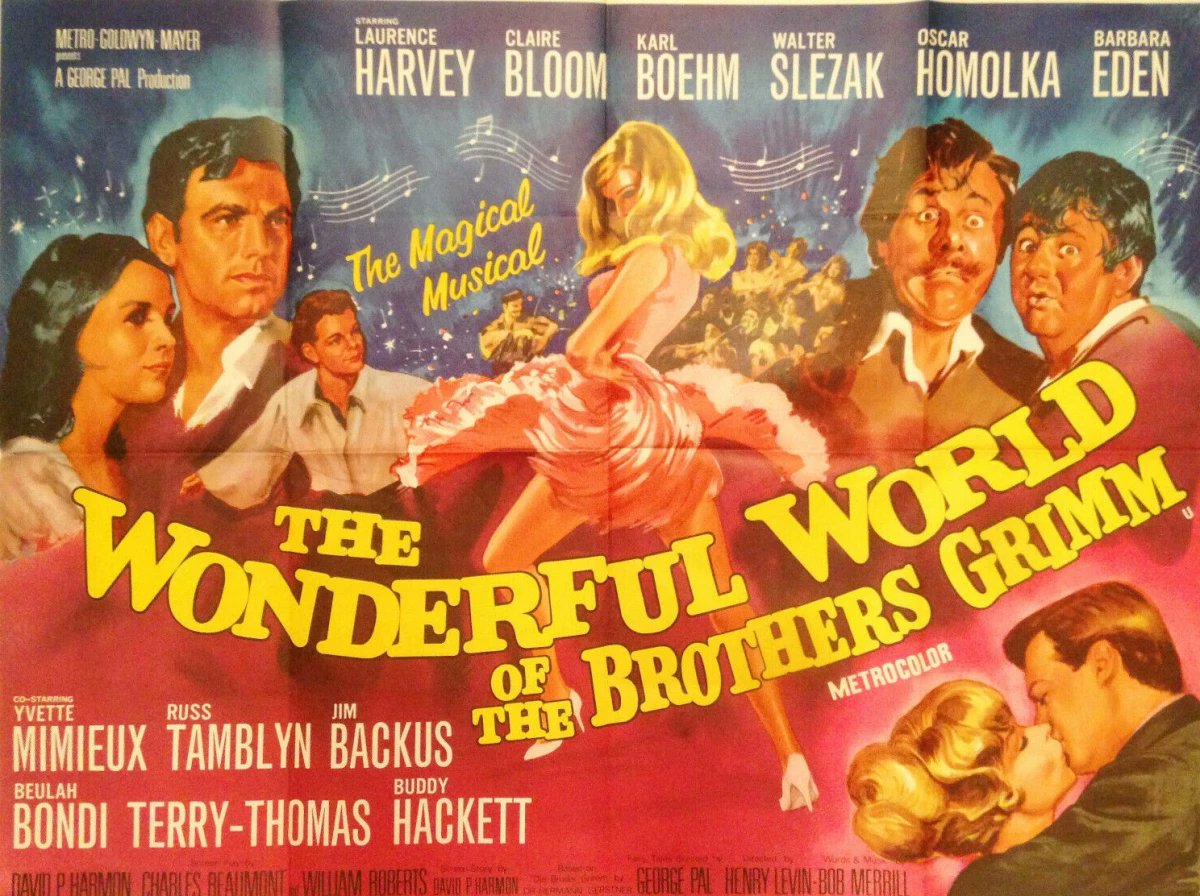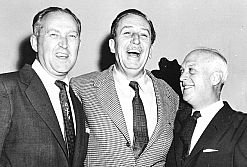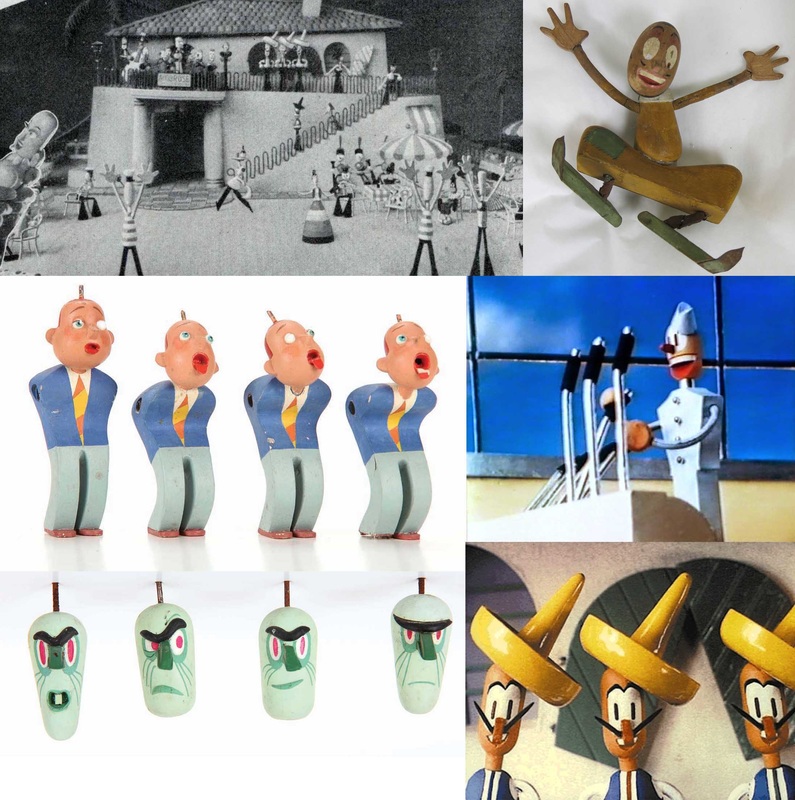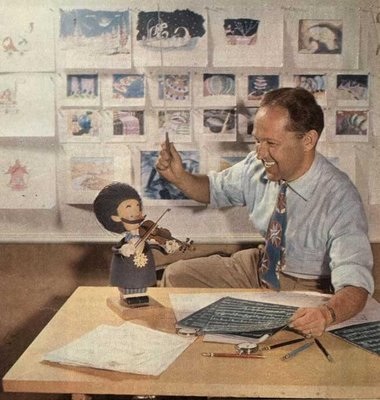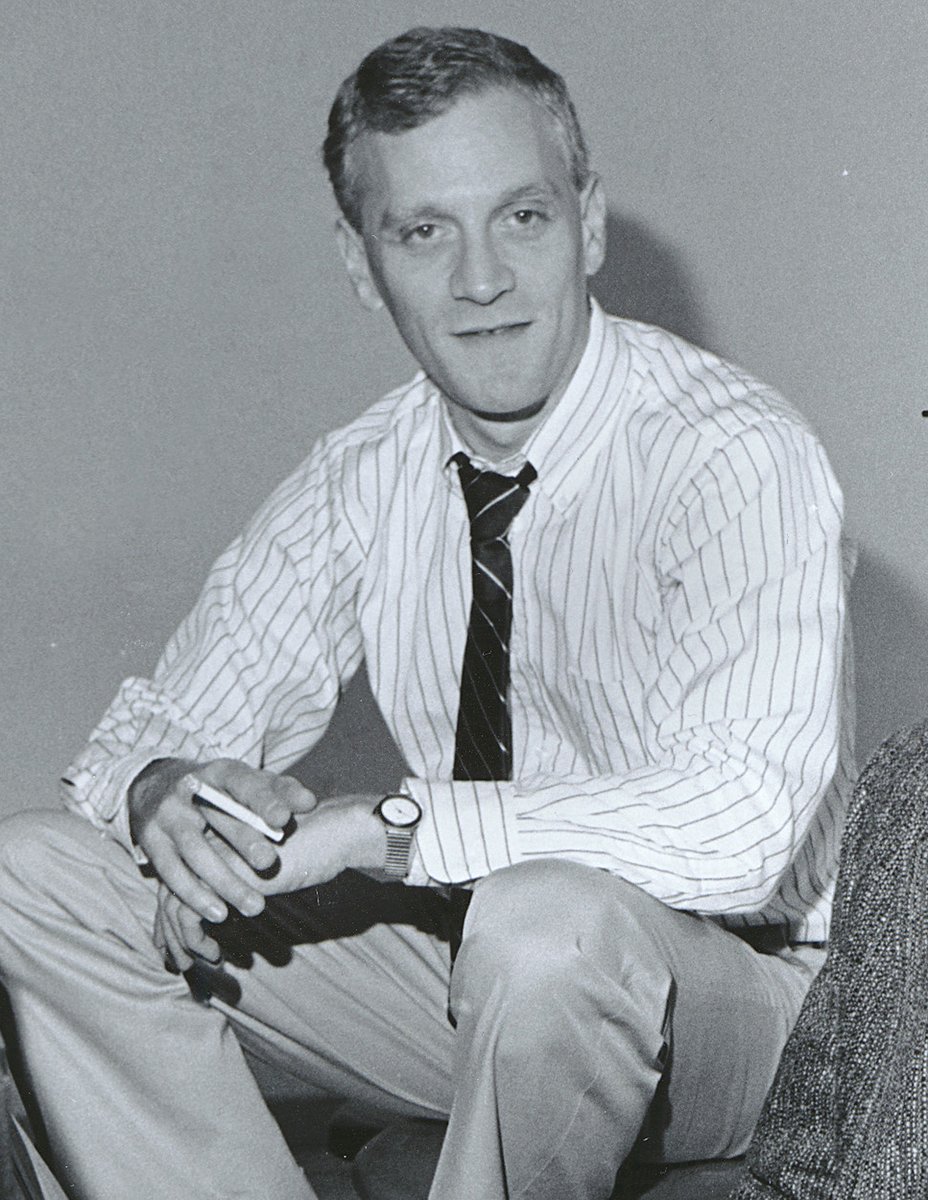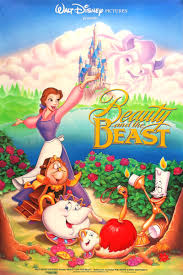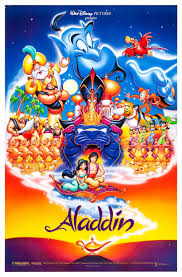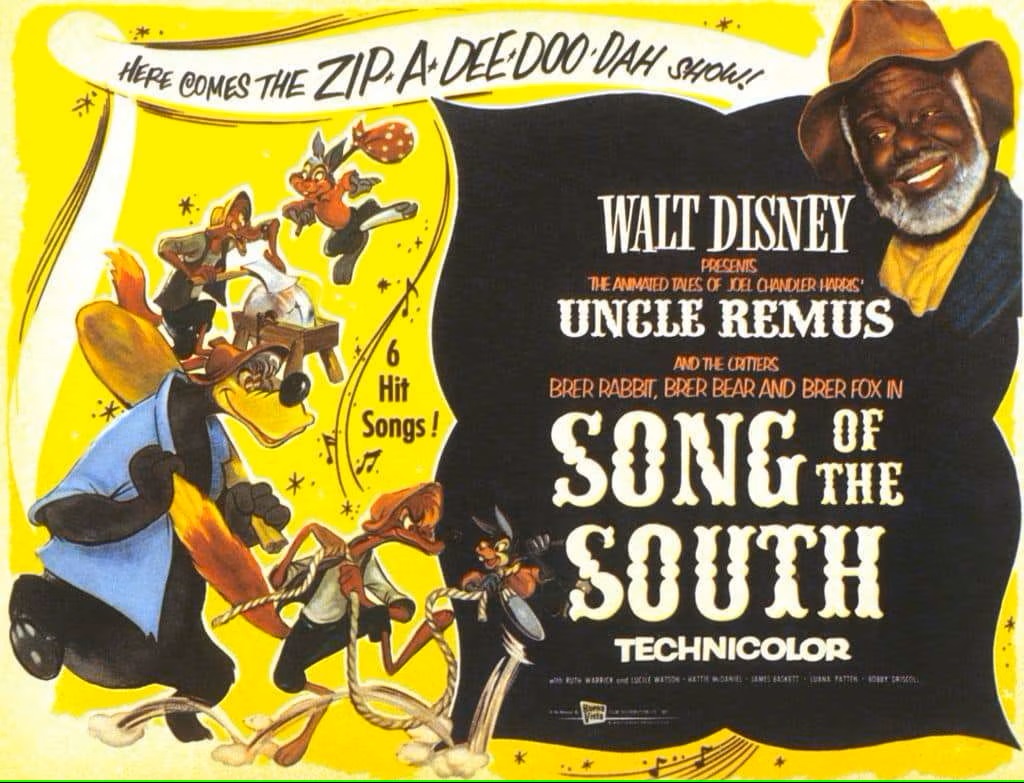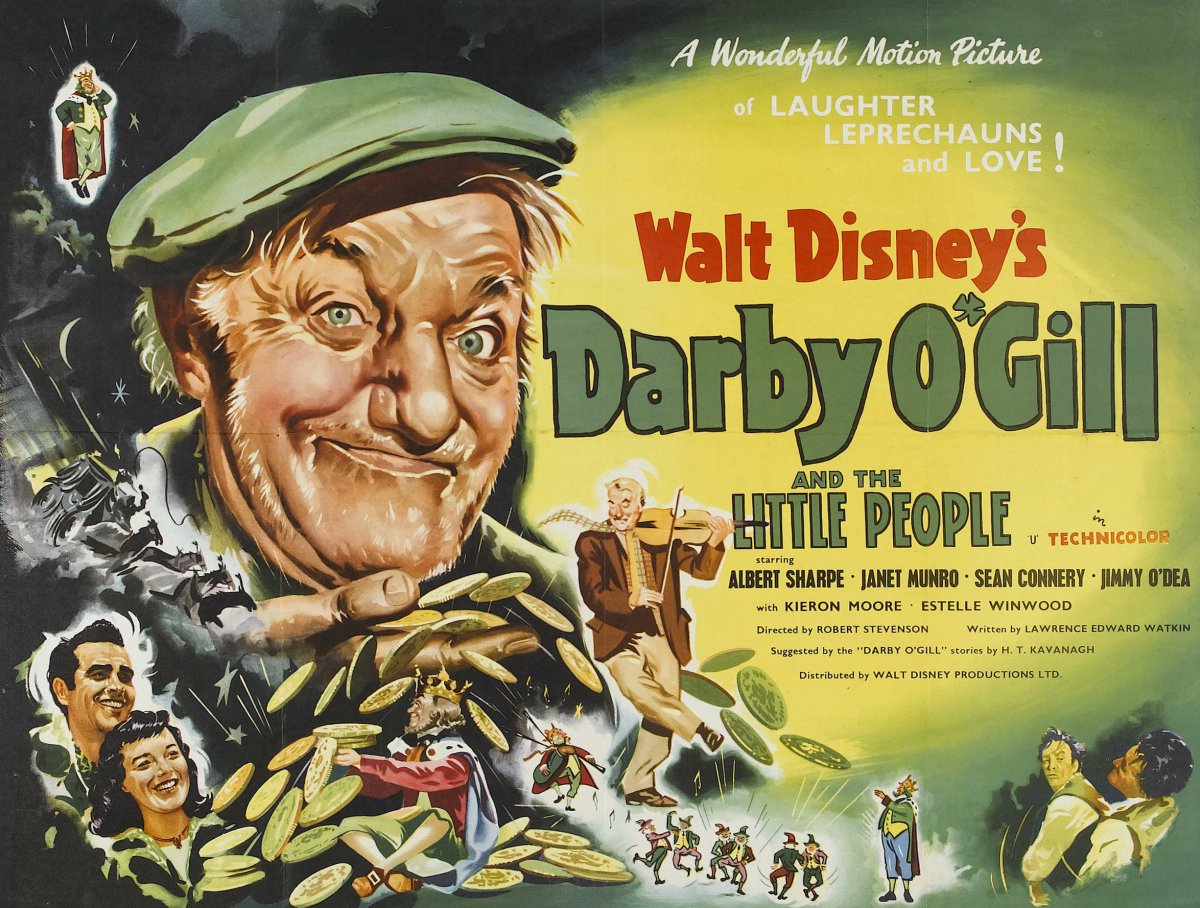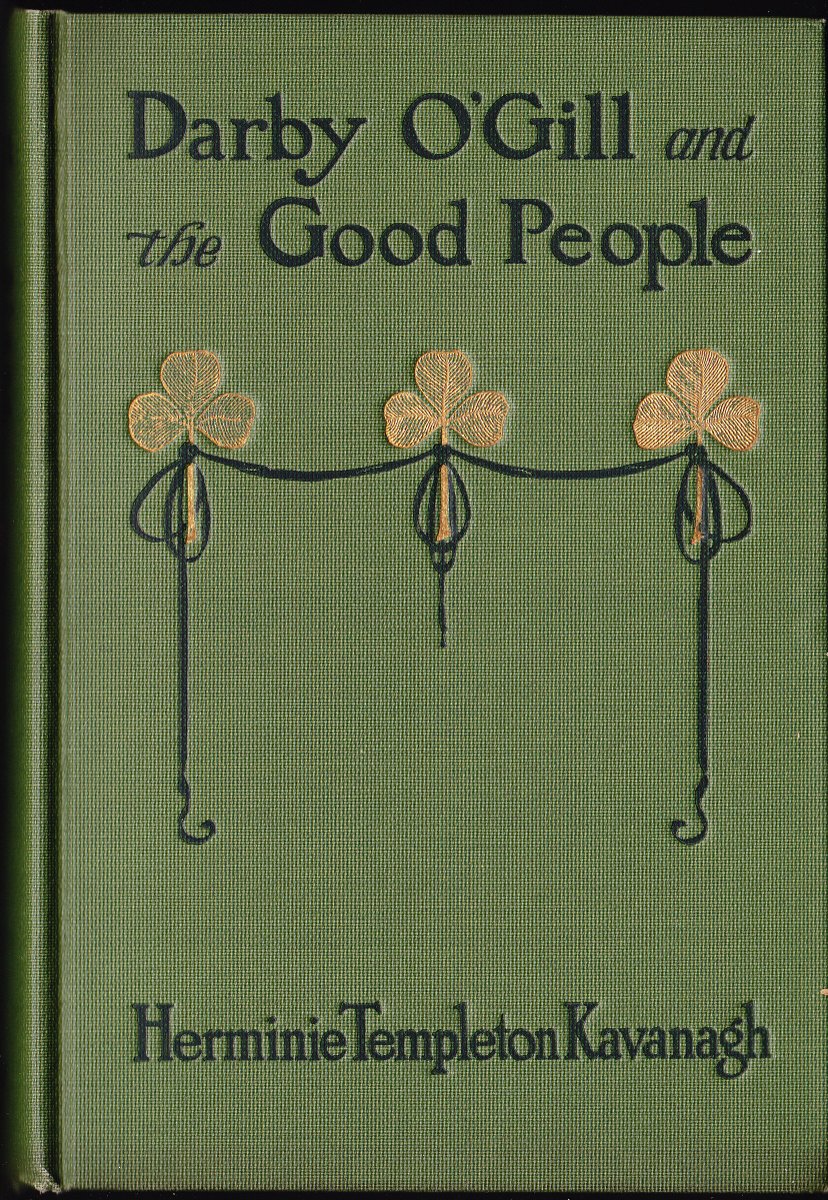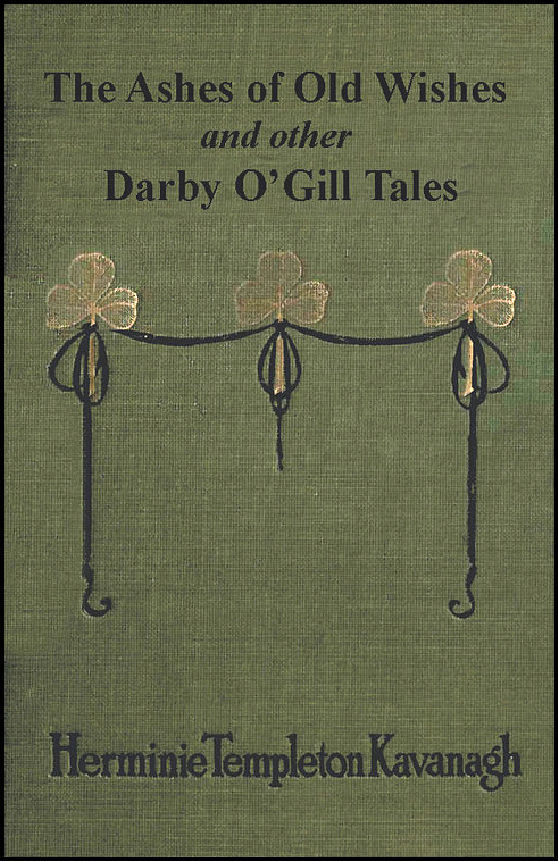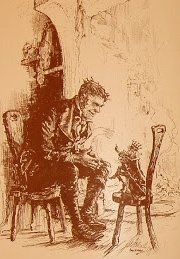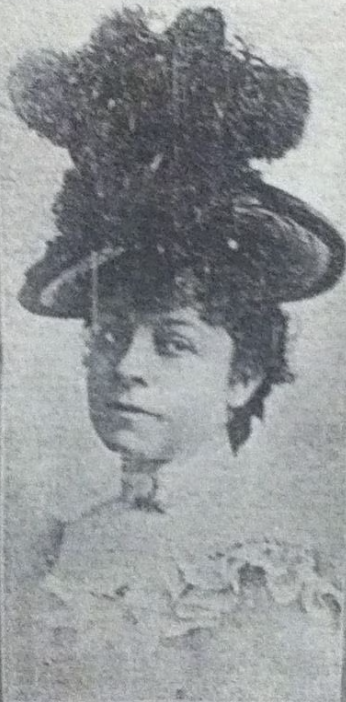One of the most beloved Christmas films ever made is 1983's A Christmas Story but upon its initial release it was a bomb. It only played for three weeks & was out of theaters by Christmas. Like It's a Wonderful Life, it was a film Americans had to discover & it quickly became the most popular Christmas film of modern times. Here's some rarities about it.
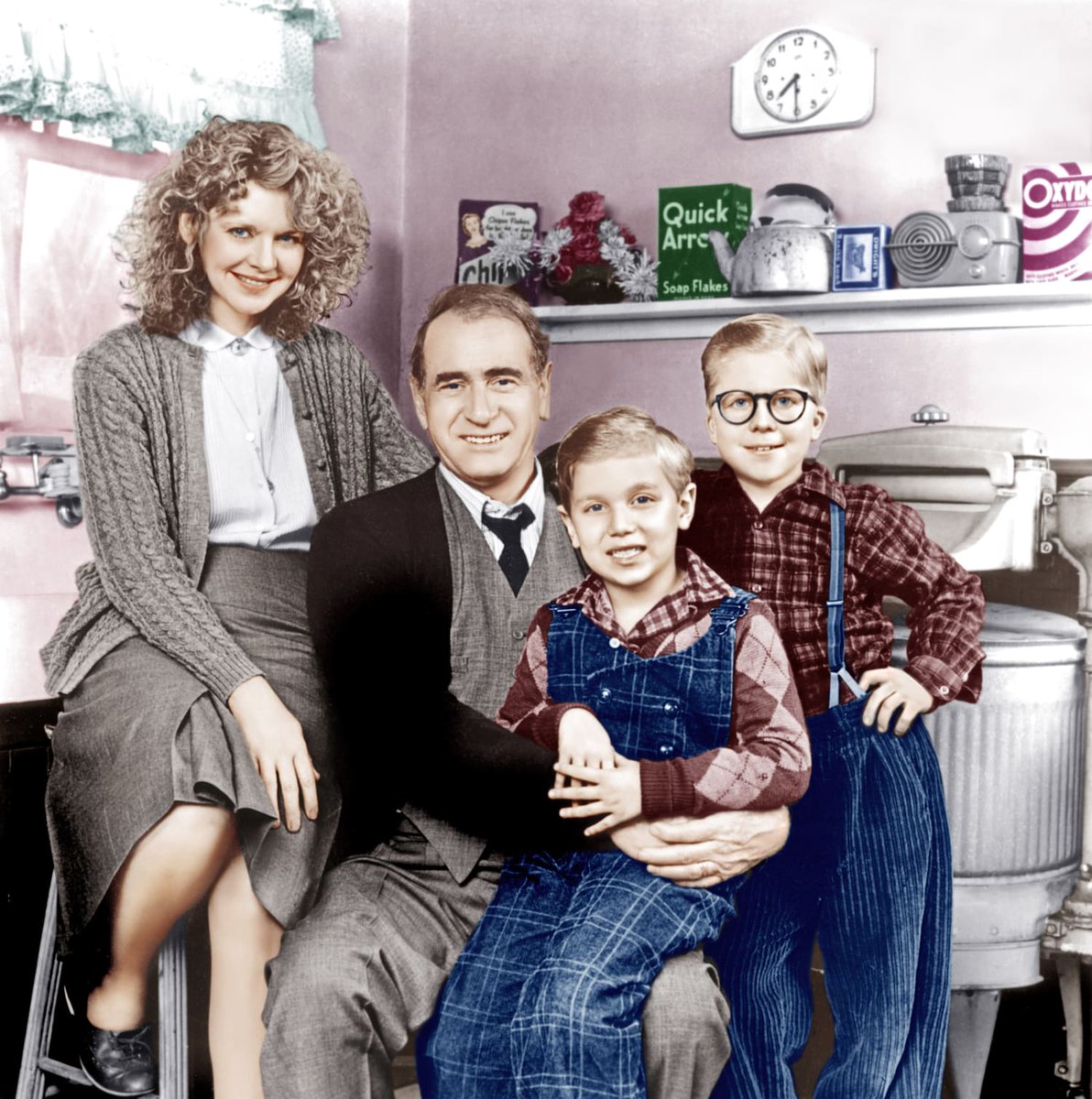
Based on the works of humorist Jean Shepherd three of the original stories that comprise the bulk of the film originally appeared in Playboy Magazine.What many people miss is that all of Shepherd's stories are parables & often contain Biblical references he observed in real life. 
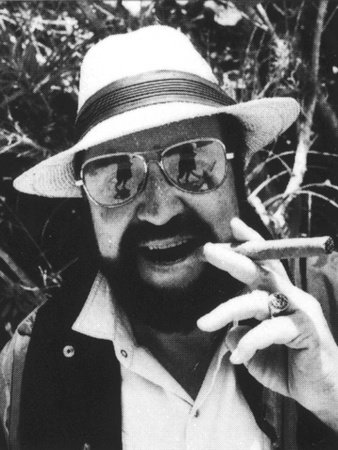
Shepherd often told his stories on radio & college lecture tours. He wrote books & made comedy LP's. All of his stories are inspired by his youth but he often embellished & fudged the details in the service of spinning a entertaining story. 
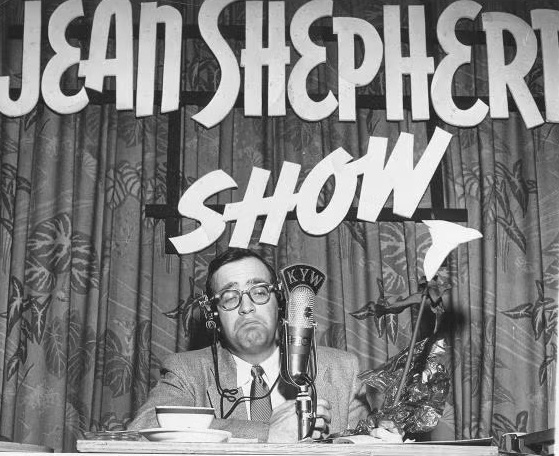
Here's a playlist featuring many of Jean Shepherd's Christmas radio shows where you can hear how he refined some of the stories that are in the final film. There's also a few Christmas stories NOT in A Christmas Story.
One of Shepherd's radio appearances was heard by Bob Clark who was on his way to a date.He kept circling the block for almost an hour eager to hear how the story ended.He picked up an irate date & vowed to one day make a movie based on Shepherd's stories. 
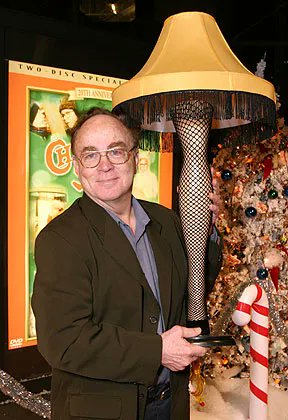
Before A Christmas Story was made, Shepherd has adapted a few of his stories for PBS. These contain the many of the same characters later featured in A Christmas Story. In 1976 came Phantom of the Open Hearth
Followed by The Great American Fourth of July & other Disasters in 1982. Because of the recent embrace of A Christmas Story, many may be unaware on who Jean Shepherd was or that he has a vast body of work most are unfamiliar with
A Christmas Story was made based on the popularity of Shepherd's work & director Bob Clark's success as a film maker having recently made the raunchy Porky's film. Like his PBS productions & radio shows Shepherd narrates his work.The time, place, & location are kept ambiguous to keep the film's setting a timeless 1930's/40's era.
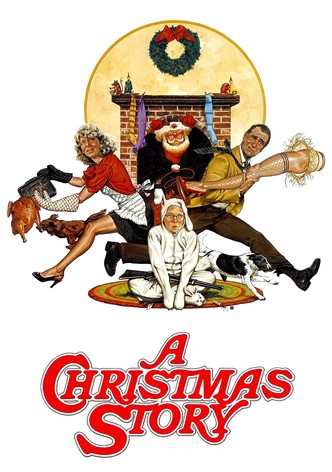
The film references several pop culture brands & characters from this era but one you didn't get to see was Flash Gordon.A large portion of the film's budget went into filming this sequence but it was cut from the final film. Here are the pages of the scene from the original script.



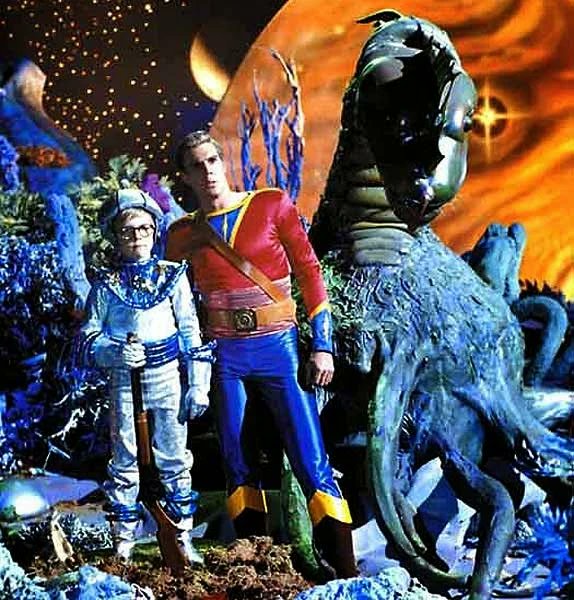

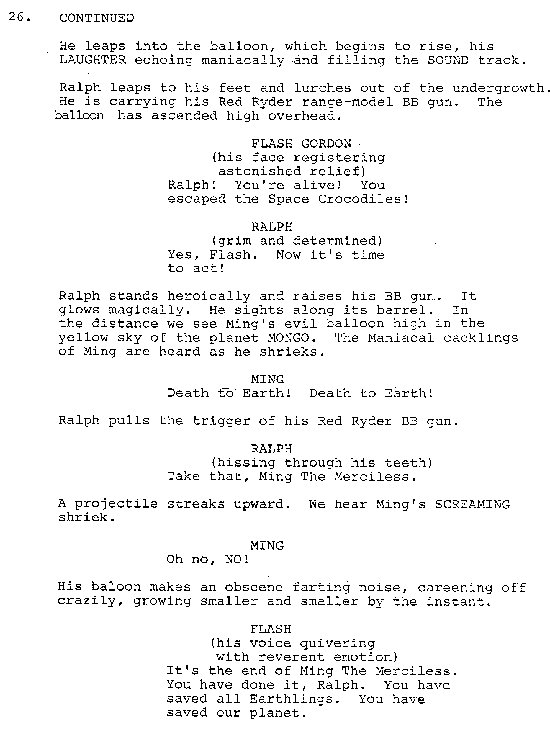
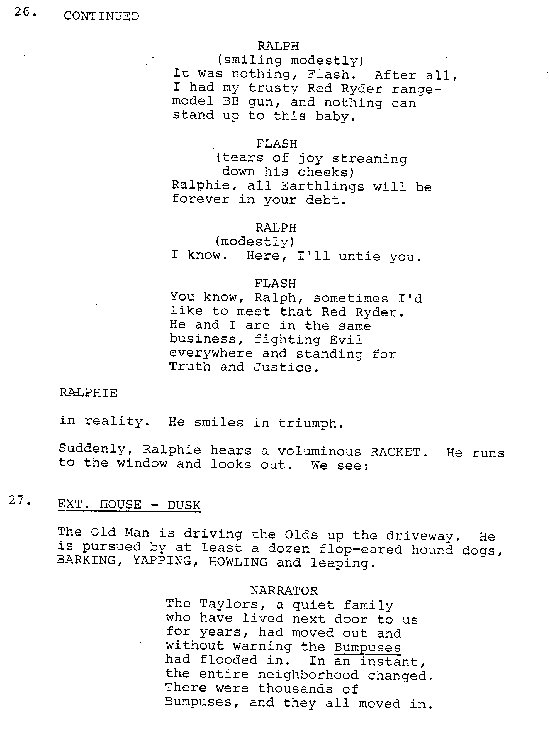
Here's the original film score for this sequence with some surviving photographs from it. The actors who portrayed Ming the Merciless & Flash Gordon still receive a screen credit in the final film.
While we're on the subject of deleted scenes, another involved one of Ralphie's fantasies where Miss Shields visits the home demanding his parents give him a Red Ryder BB Gun. 


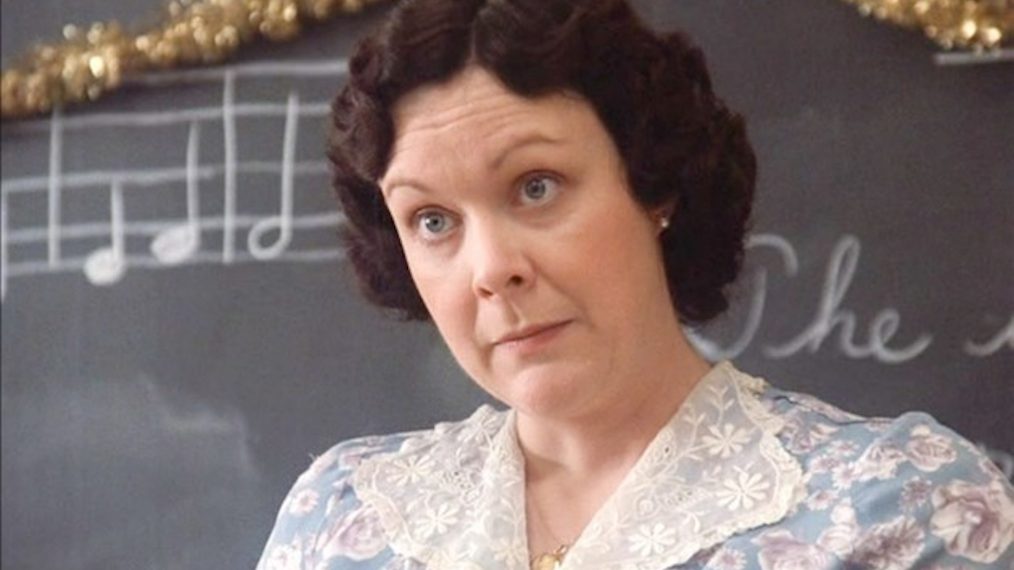
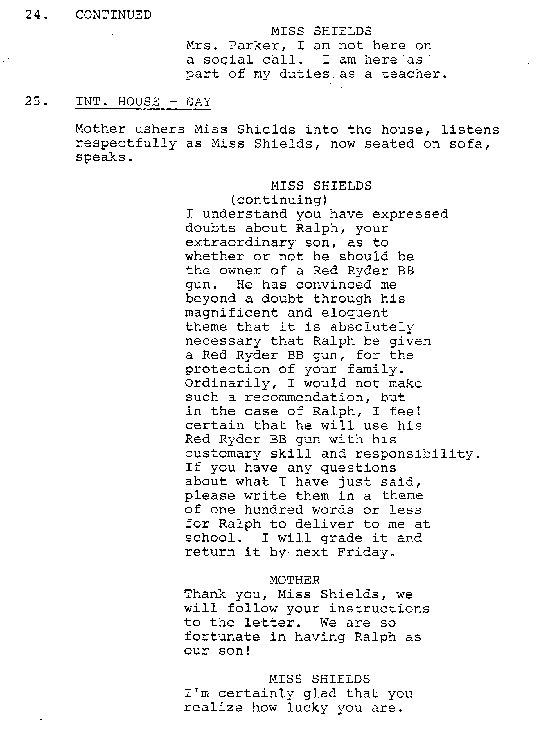
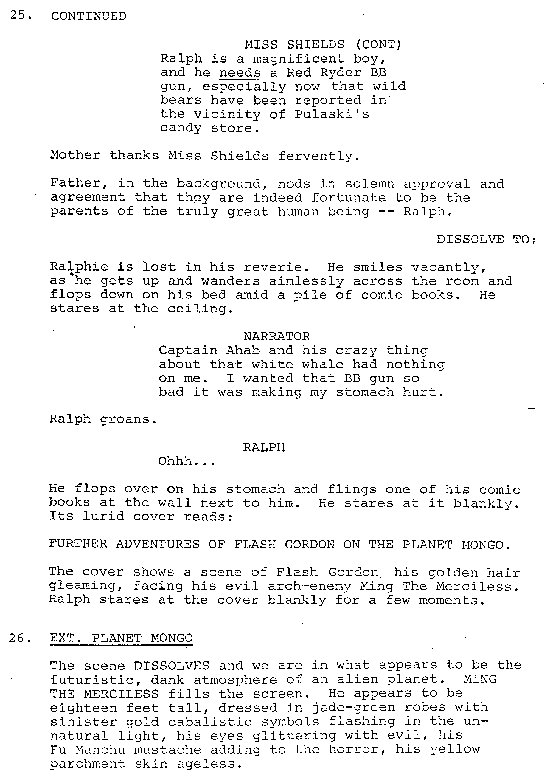
One final major deleted scene involved a dream sequence on Christmas eve where Ralphie rescues Santa Claus from Black Bart & his gang on Christmas Eve. Here's the script page with a few photos. 


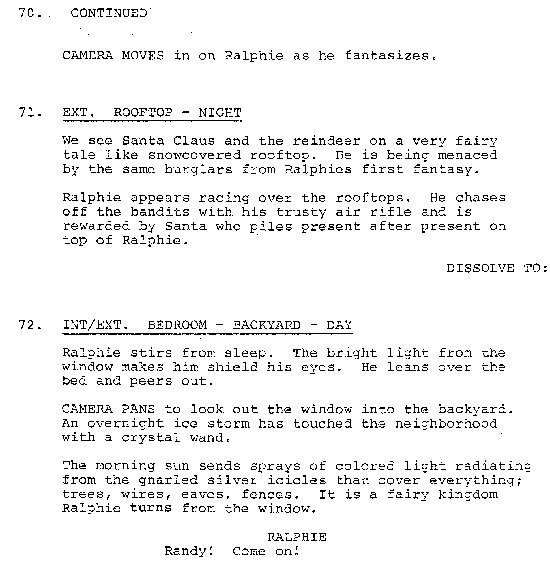
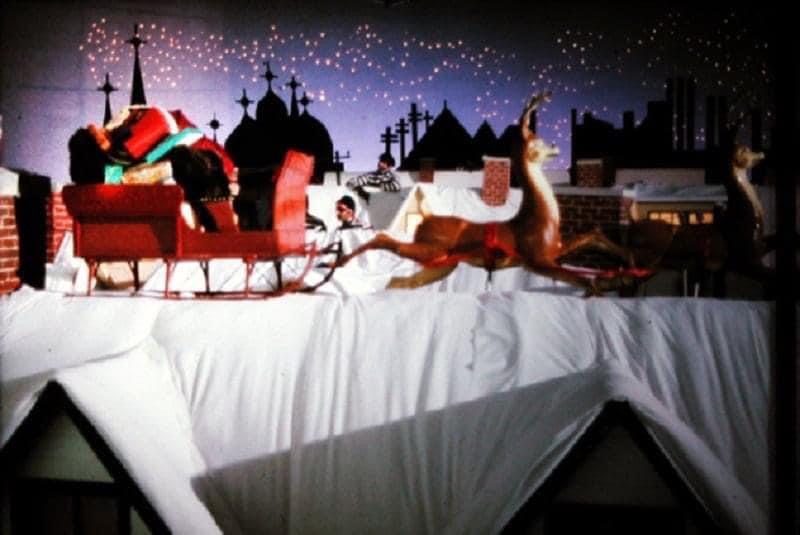
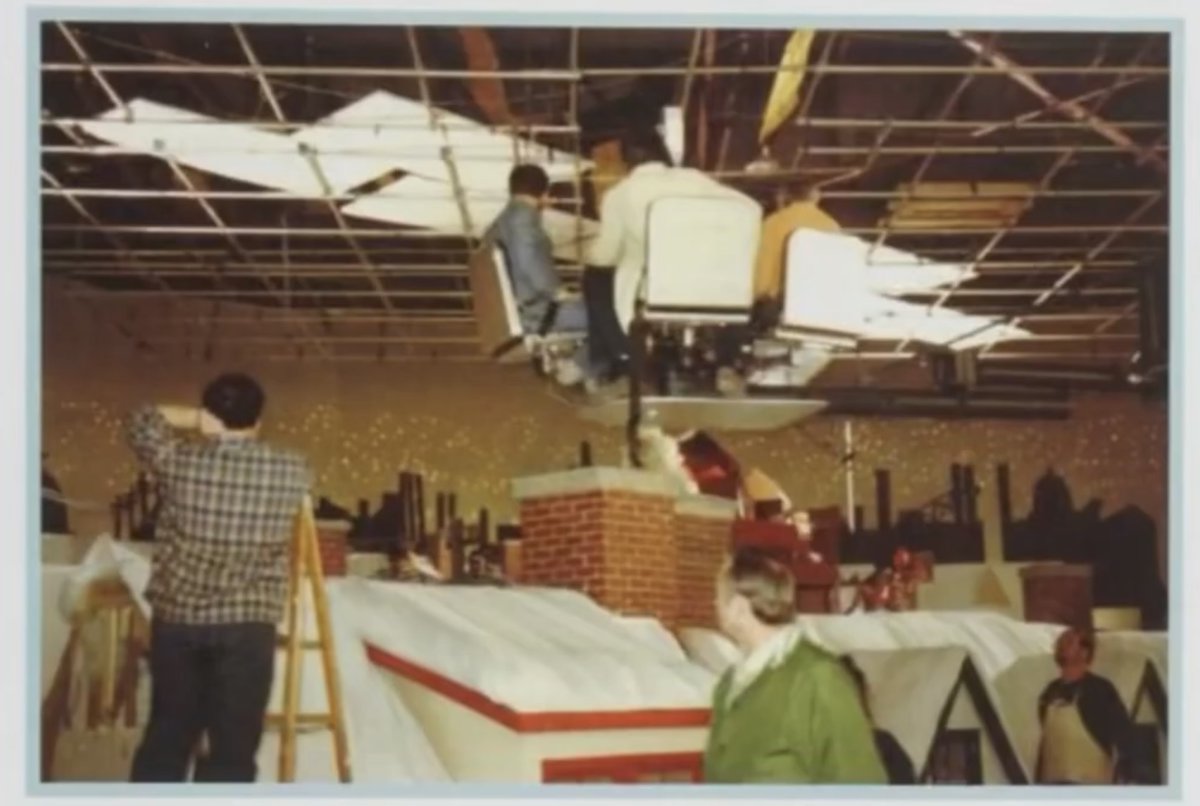
All of these scenes existed on a VHS tape that was given to the Canadian school used as the school in the film. It was kept in the school safe & no one was allowed to view it.When the school closed down the tape vanished. The film's crew have said all the raw film footage went to the MGM vaults & while attempts haven't yet located them, we can hope one day these deleted scenes are found.
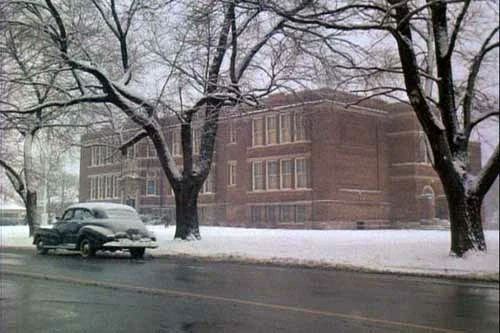
BTW, you can read Jean Shepherd's entire Christmas Story Script here. There's several narration trims made the the film featured in the script.
dailyscript.com/scripts/AChris…
dailyscript.com/scripts/AChris…
As most people know, the main thread of the film is Ralphie's quest for a Red Ryder BB Gun.He beseeches every adult figure in his life but his dad.The Old Man is portrayed as a comedic character but in the end it's he who gives Ralphie the gun & you never expect it. It also proves that he always knew what was going on in his home as head of the household. Look at how masterfully Darren McGavin portrays him in this scene.
The reason some later embraced this film was because it was viewed as poking tradition in the eye.When A Christmas Story was adapted into a musical in the early 2000's the song for this sequence was changed then dropped by many of this same crowd for woke reasons thus ruining the story & missing the point. Compare the first verse.
The Dept store scenes were filmed in the real life Higbee's Dept Store in Cleveland.A character you don't see in the film is that store's resident Christmas character Mr Jingeling portrayed by Earl Keyes.I keep hoping a photo surfaces of him with Ralphie.
Although A Christmas Story didn't do well in its initial theatrical run, it was a hit with most critics & film makers. Such films as Home Alone & Christmas Vacation credit A Christmas Story on how they approached doing their own stories. 


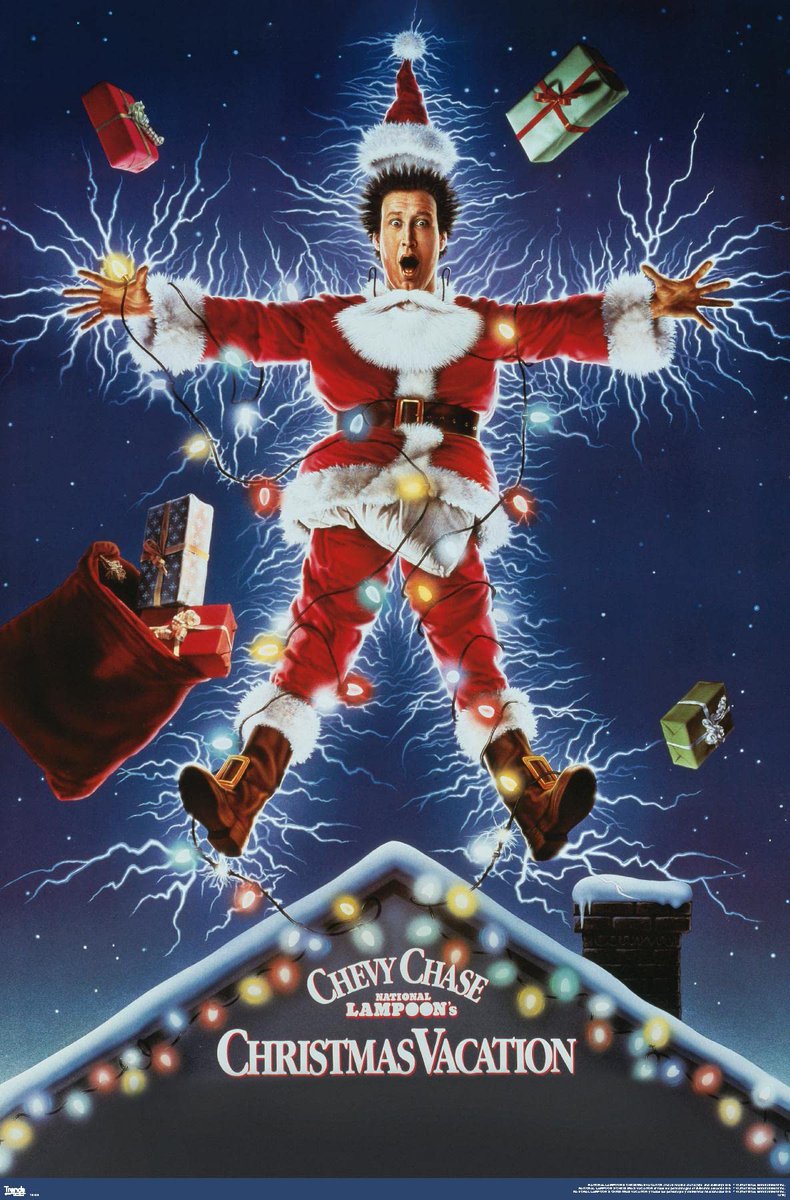
It wasn't until the VHS rental movement that A Christmas Story found its audience. By the late 80's, thanks to these revenues, more was done with Jean Shepherd's work as follow ups featuring the same characters. 
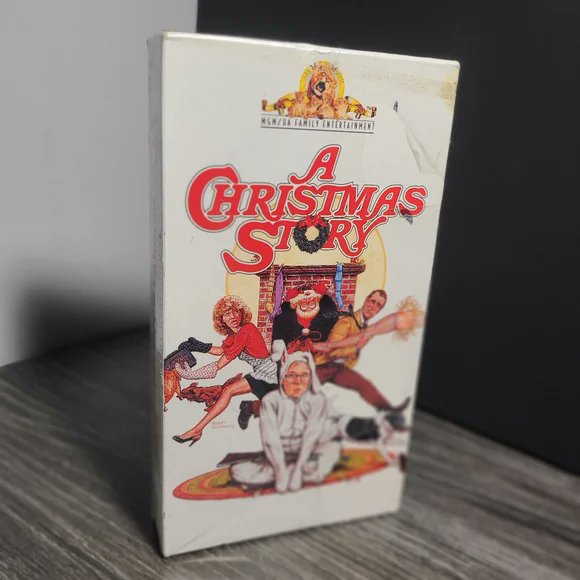
In 1985 PBS adapted another Shepherd work with The Star Crossed Romance of Josephine Cosnowski.
In 1988 The Disney Channel produced Ollie Hopnoodle's Haven of Bliss.
In 1994 Bob Clark made his own sequel to A Christmas Story. It was released under several alternate titles but is known today as My Summer Story. A lot of the storylines in it were explored in previous PBS productions & once again, this film didn't do well.
In the late 90's Ted Turner's cable networks TNT & TBS began airing the film for 24 hours straight Christmas Eve & Christmas Day. Many attribute this as to how the film reached the status it now holds & it's a tradition right to this day. It mirrors how It's a Wonderful Life was rediscovered except that film was aired on many networks 24/7 from Thanksgiving through New Years.
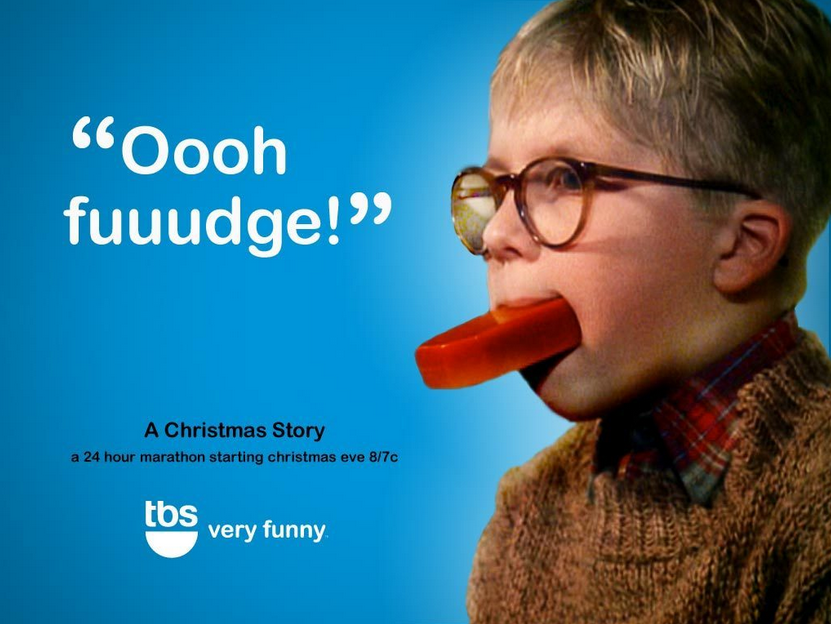
Tons of merchandise followed, a Broadway show and this direct to video sequel that has nothing to do with the works of Jean Shepherd.
In 2022 a sequel was made involving much of the original cast retaining respect for both Jean Shepherd's work & the original film.The film also is about the respect of Ralphie for the Old Man.The film was designed so it changes the context of the original film & you can watch them in a loop feeding into each other.
Peter Billingsley, who was a big child actor at the time the original film was produced, grew up to be a producer of films.Among them is Ironman & Elf. You may remember his cameo in the film.He's become an advocate & protector of the original film & Jean Shepherd's legacy. 


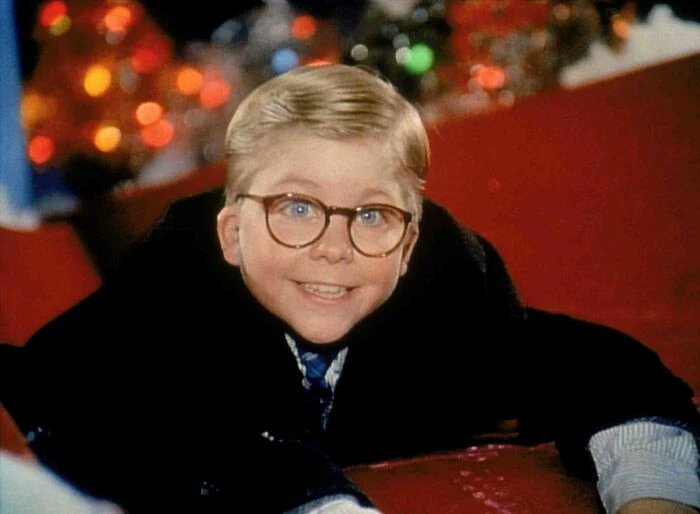
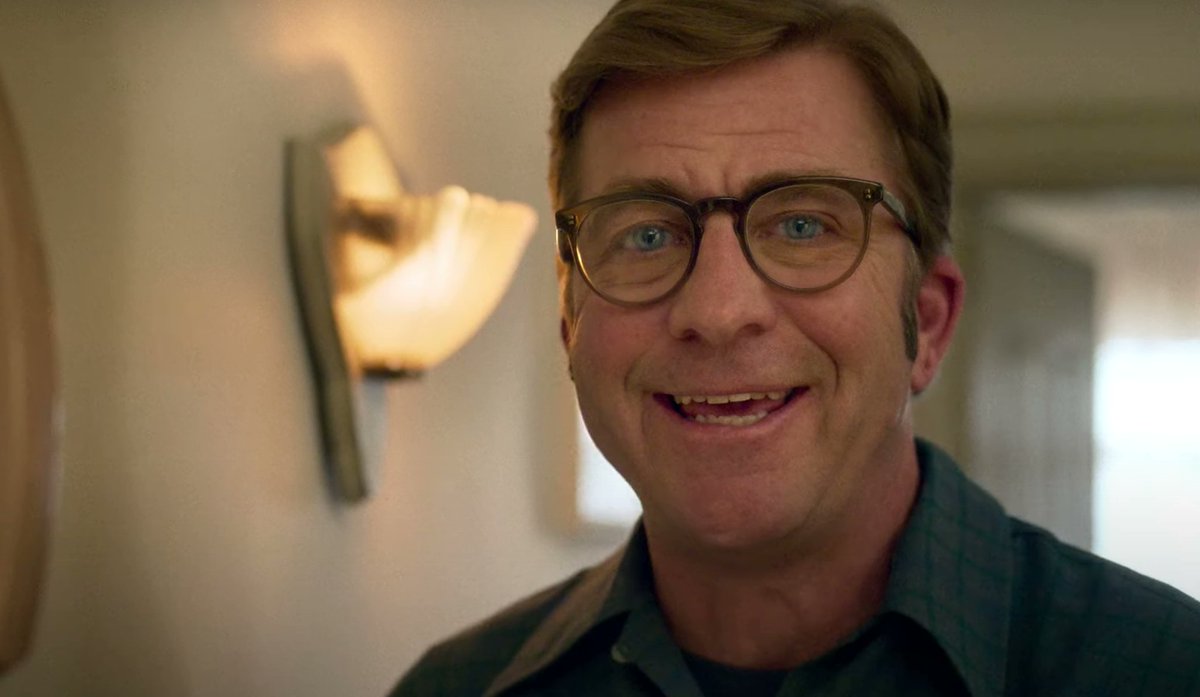
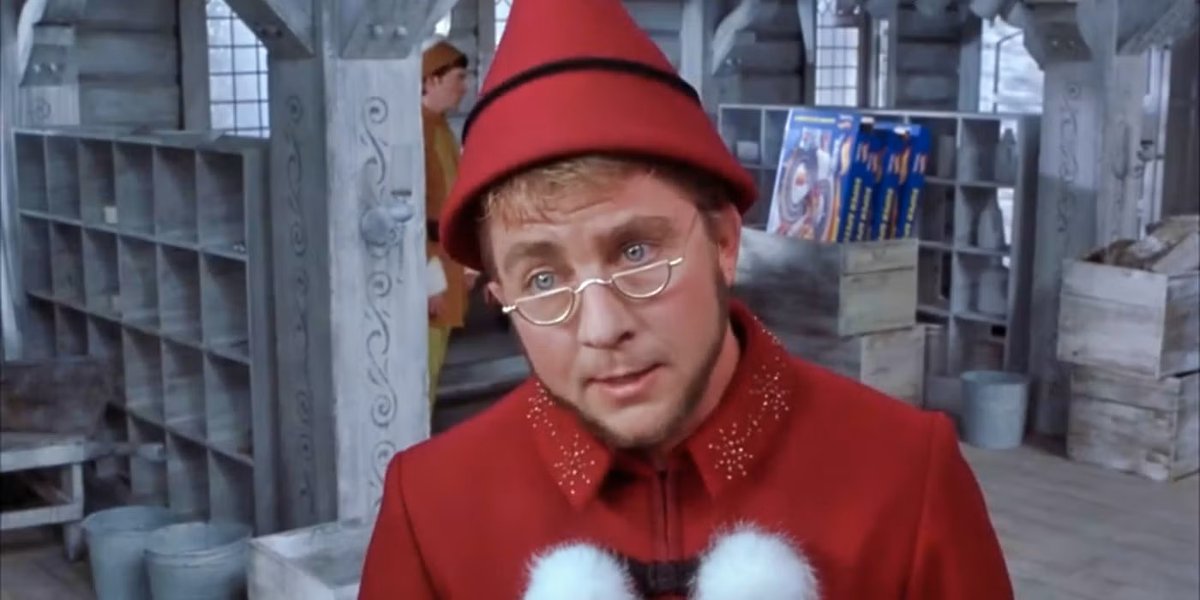
For two years he co-hosted a seasonal podcast on Christmas films that you can here below:
podcasts.apple.com/us/podcast/a-c…
podcasts.apple.com/us/podcast/a-c…
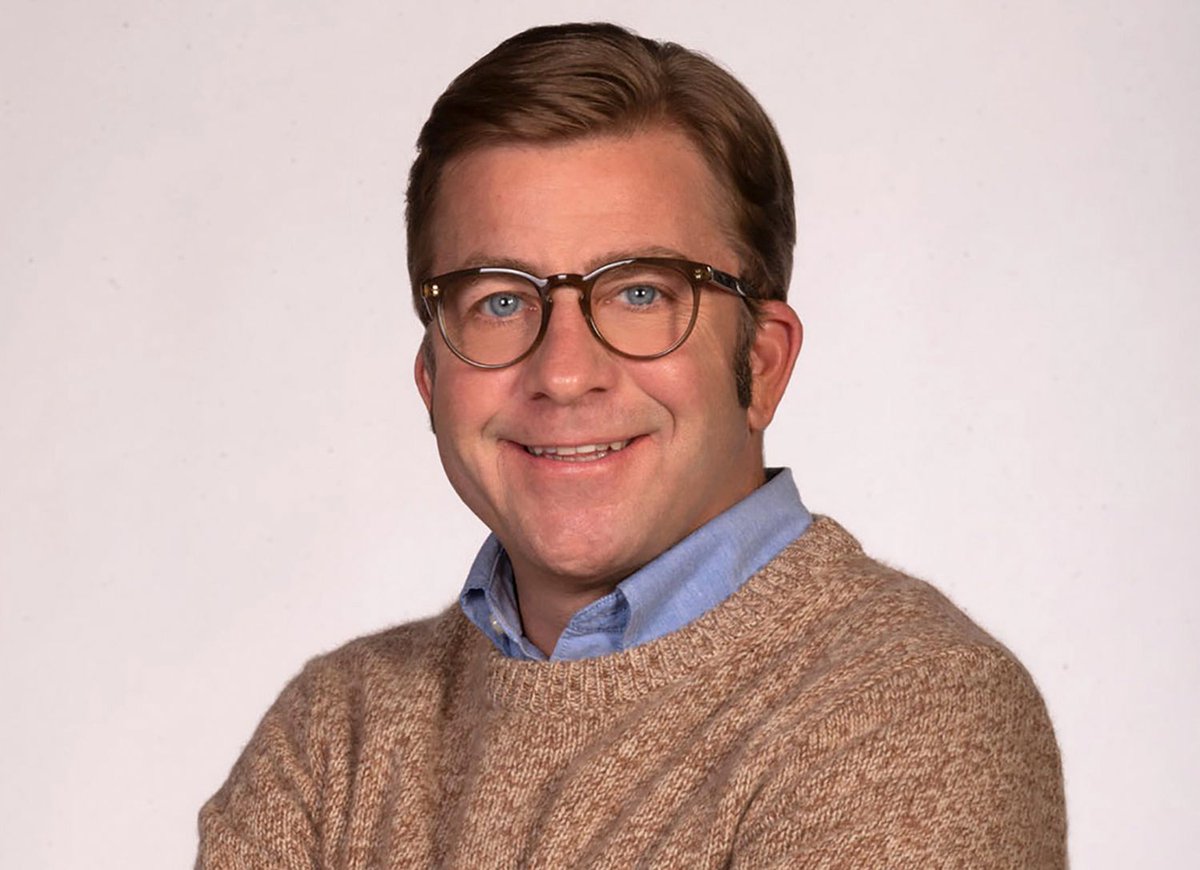
I didn't post too many scenes in this thread because by now everyone knows this film but they may not know Jean Shepherd, the man who created & narrated this beloved film.That's why I've focused on him & his body of work hoping it may be rediscovered by people who enjoy A Christmas Story.
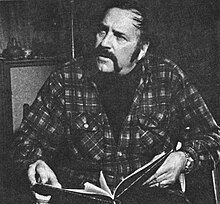
• • •
Missing some Tweet in this thread? You can try to
force a refresh


